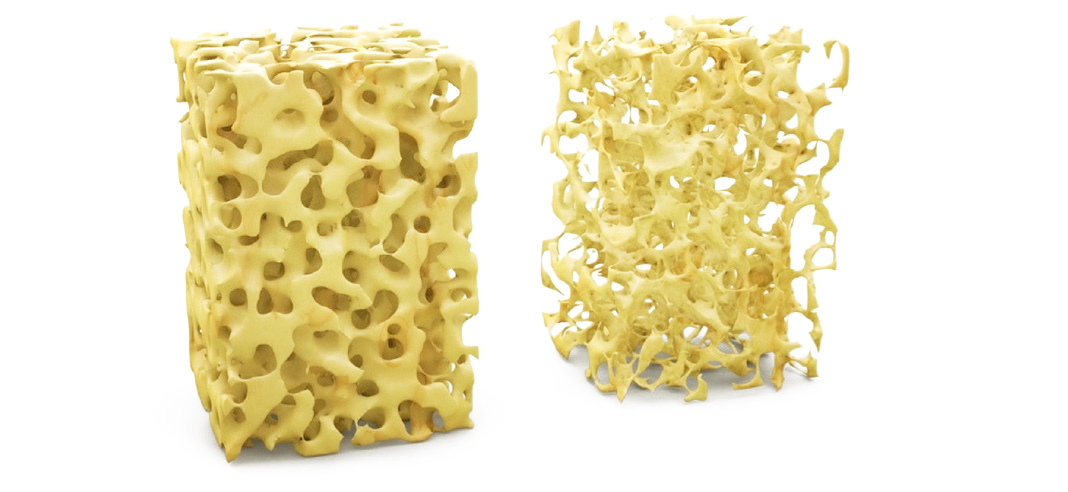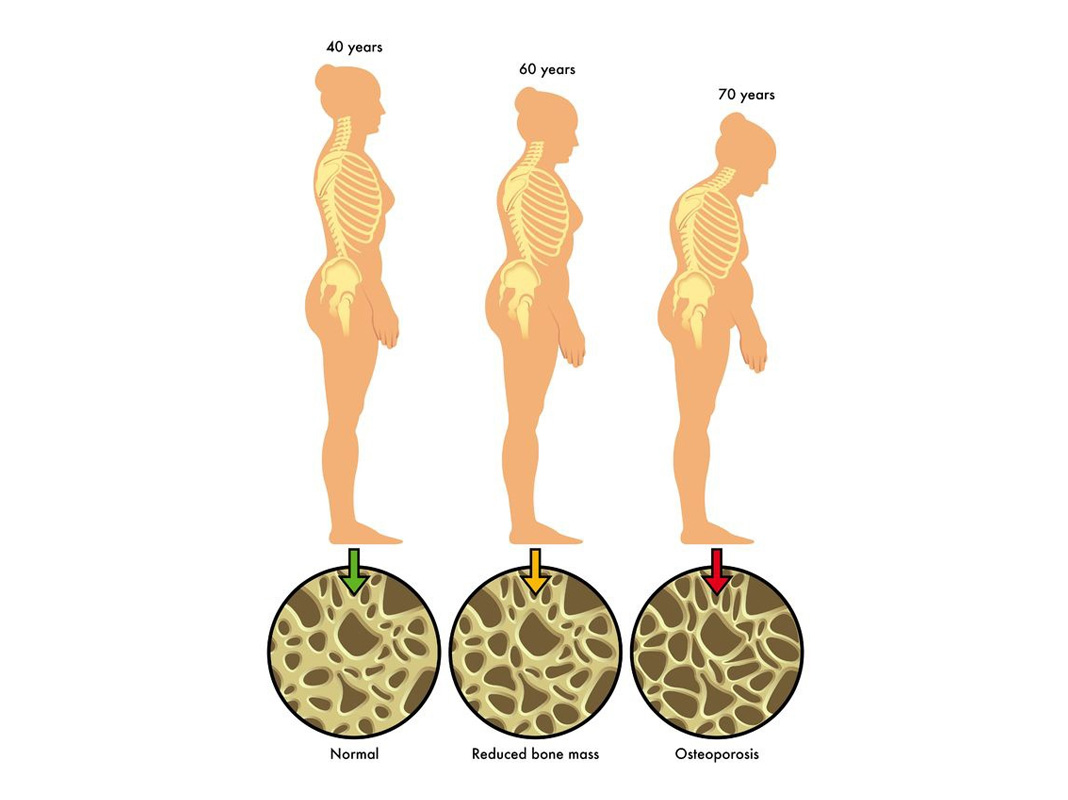

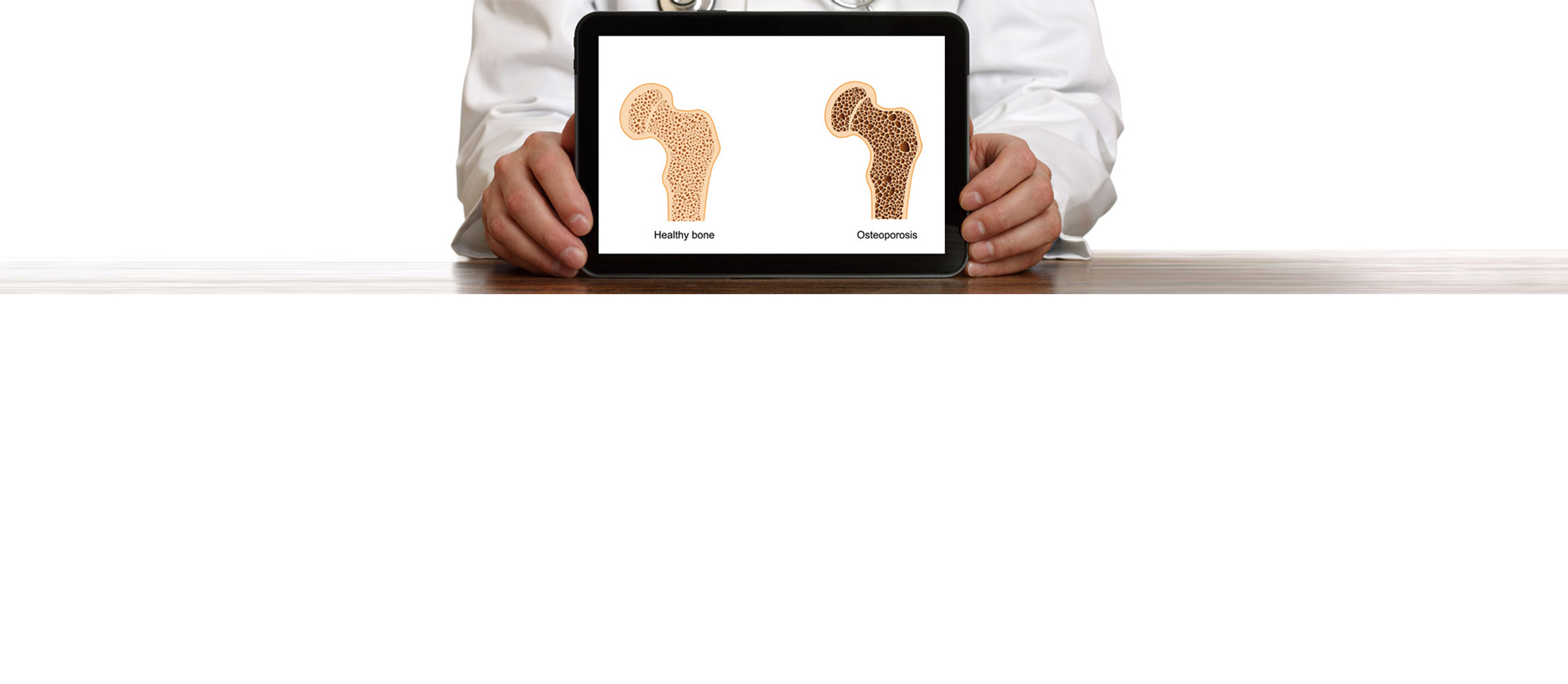

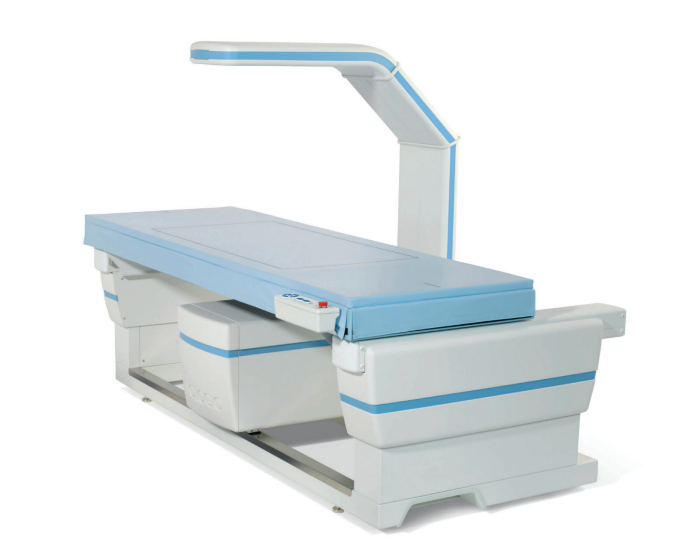
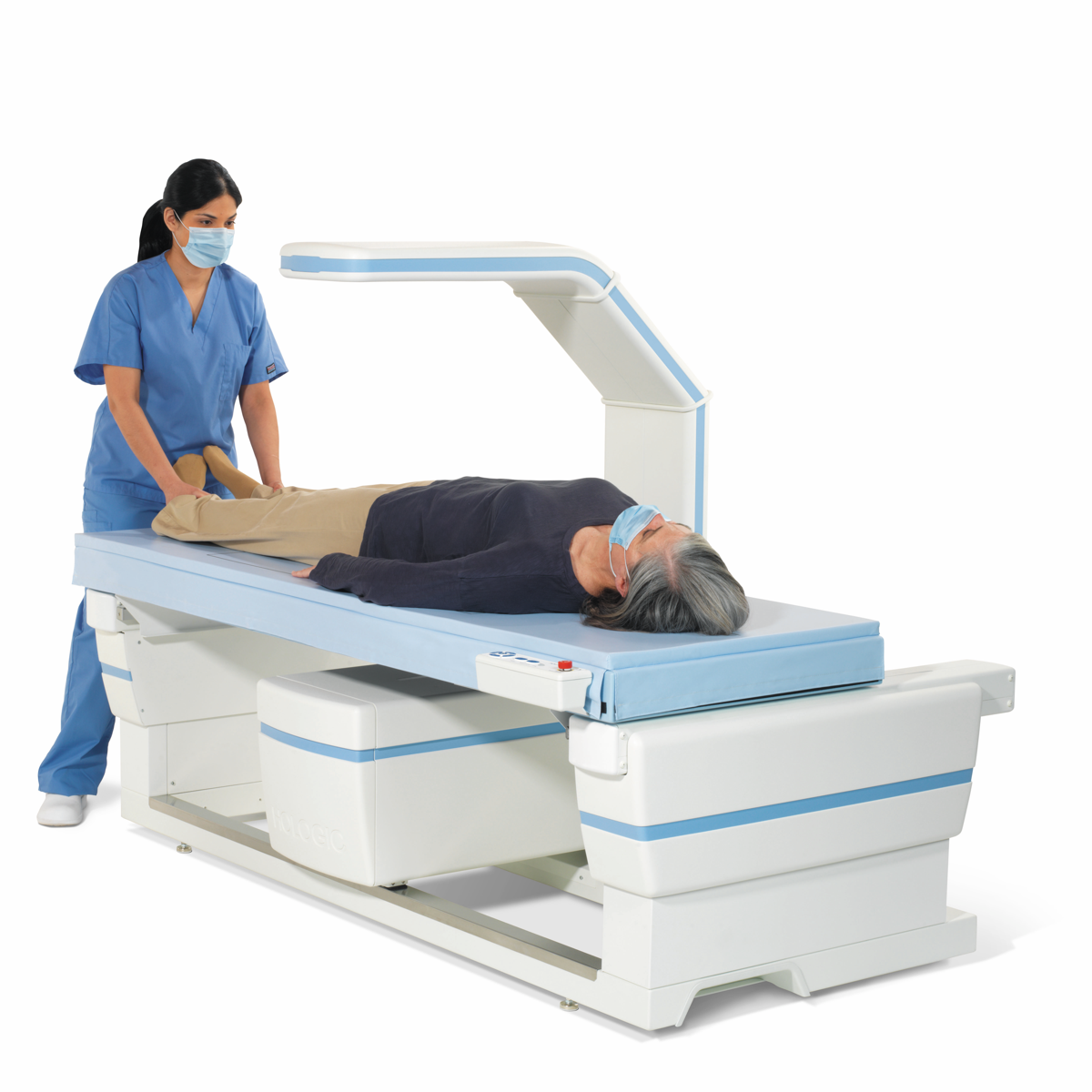
DEXA
DEXA is an X-ray imaging technique for bone mineral densitometry. It is performed as follows:
Some of the X-ray is absorbed by the bone and some passes through the bone and exits from the other side of the body. The amount of these two X-rays will be measured by a receiver after leaving the body. The more the bone density is (in the sense that there are fewer pores and small voids inside the bone), the greater amount of X-ray the bone absorbs and allows less radiation to pass through, and the less radiation reaches the receiver. The radiation receiver by the receiver will be given to a computer where X-ray scale turns into bone density scale.
How BMD or denditometry is performed
In BMD, the patient first lies back on the bed of the device. The patient must be motionless during imaging. Then the device detector or receiver will be put on the area of the body whose bone density we need to measure. Then, X-ray will be radiated to the desired bone. The bone is usually spine of hip joint in the pelvic area.
These bones are the areas susceptible to fracture more than other areas due to osteoporosis.
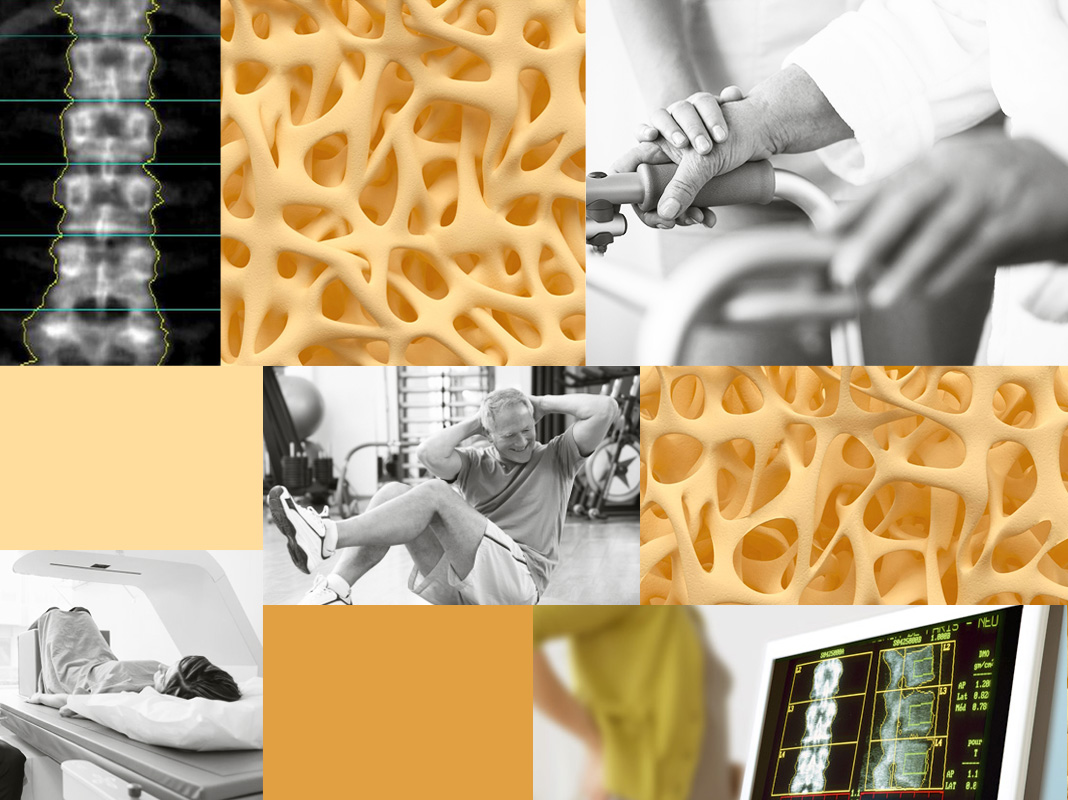
Application of BMD or Densitometry
Fractures after a small stroke
Hunchbak which is usually caused by frequent fractures
Long-term steroid use
Early menopause
Amenorrhea or cessation of menstrual periods before menopause
Bone diseases such as rheumatiod arthritis or celiac
Extreme low weight with BMI less than 19
